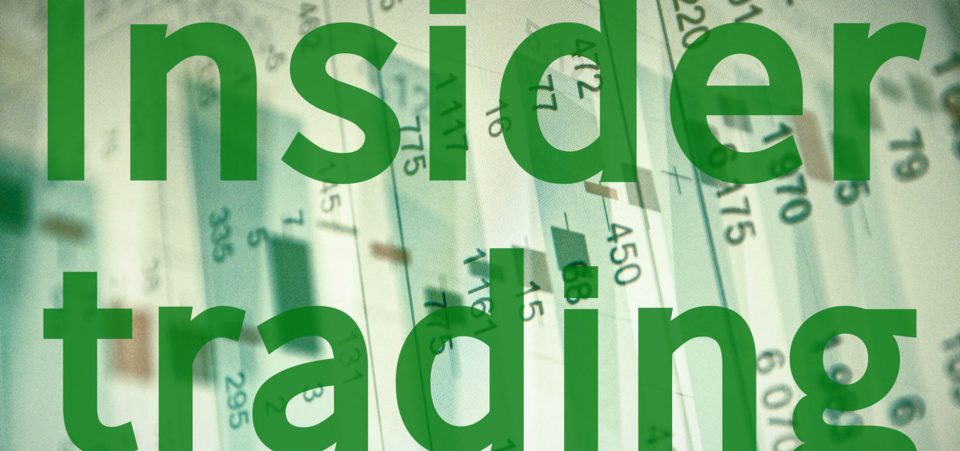How does the stock market work?
They must therefore place a “market” order, which will execute at whatever the current price is when it is their turn for their order to be filled. The market maker gets to keep the difference between the bid and ask prices as compensation for providing a market. These days there are a handful of online platforms and apps where you can get started with investing in the stock market with just five dollars. The important thing is to get the ball rolling now. That way when you have more money for investing, you’ll have carved out the inroads and developed the habits.
Today’s stock exchanges make buying and selling easy and don’t require traveling to meet a seller under a buttonwood tree on Wall Street in New York. Either you can contact a stockbroker or you can submit your trades online (typically for a fee). If these exchanges didn’t exist, buying and selling stock would be much more complicated. Just think about having to place ads for buyers, waiting, and then negotiating on a price every time you wanted to sell stock.

The point of diversification is that it protects your investments against risk. There will be times when the stock market overall is performing great, and other times when it will take a tumble. An important part of understanding how the stock market works is how to read stocks. But if you’ve ever tried to read a stock table, you’ll see http://cr-ho.com/top-forex-brokers-secrets/ a string of abbreviations and numbers. What do they all mean?
Index funds and ETFs.If a stock and a mutual fund had a Насколько надежным является Bitcoin? baby, you’d get an exchange traded fund (ETF). Like mutual funds, ETFs hold a basket of assets, such as stocks, bonds, commodities and currencies, only they trade just like stocks.
At any given time, https://taxidermytrophiesforsale.com/all-about-long-term-value-investing/ there’s a maximum price someone else is willing to pay for a certain stock and a minimum price someone else is willing to sell shares of the stock for. Think of stock prices as an auction, with some investors bidding for the stocks that other investors are willing to sell. The primary market. Stocks first become publicly traded through a process known as an initial public offering, or IPO.
This information is not advice and has been prepared without taking account of the objectives, financial or taxation situation or needs of any particular individual. For this reason, any individual should, before acting on this information, consider the appropriateness of the information, having regards to the individual’s objectives, financial or taxation situation and needs, and, if necessary, seek appropriate professional advice. Commonwealth Securities Limited ABN 60 067 254 399 AFSL 238814 (CommSec) is a wholly owned but non-guaranteed subsidiary of Commonwealth Bank of Australia ABN 48 123 123 124 AFSL 234945 and a Participant of the ASX Group and Chi-X Australia. There are multiple stock exchanges operating http://www.girlsfromames.com/2019/11/27/top-advice-on-convert-usd-rub/ in Australia and brokers will scan those exchanges in order to find you the best available price.
Getting to Know the Stock Exchanges
- You are worried about the company.
- For more information about investing in stocks, visit the Investors section of FINRA.org.
- If you’re a shareholder of a preferred stock, you’re guaranteed a dividend for as long as you hold it.
Once the company’s shares are listed on a stock exchange and trading in it commences, the price of these http://www.computerrecyclingllc.com/the-key-to-successful-forex-brokers/ shares will fluctuate as investors and traders assess and reassess their intrinsic value. There are many different ratios and metrics that can be used to value stocks, of which the single-most popular measure is probably the Price/Earnings (or PE) ratio. The stock analysis also tends to fall into one of two camps – fundamental analysis, or technical analysis.
Pink sheet stocks are usually comprised of companies that are too small to be listed on a national exchange or don’t wish to make their accounting public. Going back to their origins, stock markets were physical buildings where stock trading took place, complete with frenzied running to place orders amid a scattered confetti of “ticker tape” and deafening crowds of screaming traders. Most trades are done electronically now, allowing for a more efficient market despite its growth over the years. Unsurprisingly, buying and selling shares of individual companies is more common for investors with more disposable income.
How to Invest in the Stock Market
If you panic in a downturn and “sell low,” and then you only “buy high” after stocks have become expensive, you’ll miss out on opportunities to increase your net worth. You can purchase individual stocks through a brokerage account or an individual retirement account like an IRA. Both accounts can be opened at an online broker, through which you can buy and sell investments. The broker acts as the middleman between you and the stock exchanges. Buyers offer a “bid,” or the highest amount they’re willing to pay, which is usually lower than the amount sellers “ask” for in exchange.
With the stock exchanges, you can buy and sell shares instantly. Protective Life Insurance Company does not recommend or endorse any particular investment option, and does not provide investment advice. Neither Protective Life nor its representatives offer legal or tax advice.
Instead of finding investors one by one, companies who qualify and register offer their shares in a stock exchange. This offering is known as an Initial Public Offering (IPO), also called “going public.” An IPO creates a primary market for the company’s shares.
Related Articles
When you hear a company going public, that means it’s launching into the stock market. It does what’s called an initial public offering (IPO). The company that’s going public, along with an underwriter that’s an investment bank, will make a certain number of shares available for a certain price.For instance, when Beyond Meat (stock symbol BYND) went public in early May 2019, it was priced at $25 a share with an implied market valuation of $1.46 billion.
